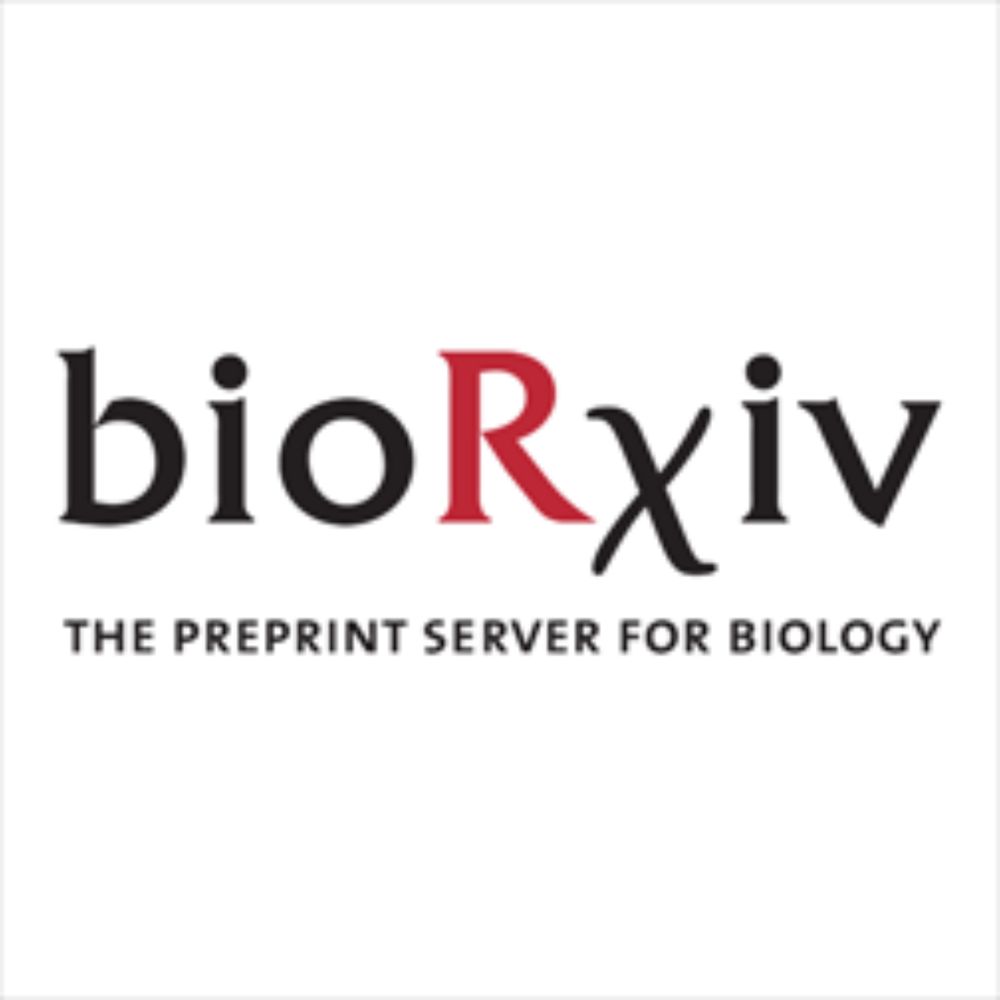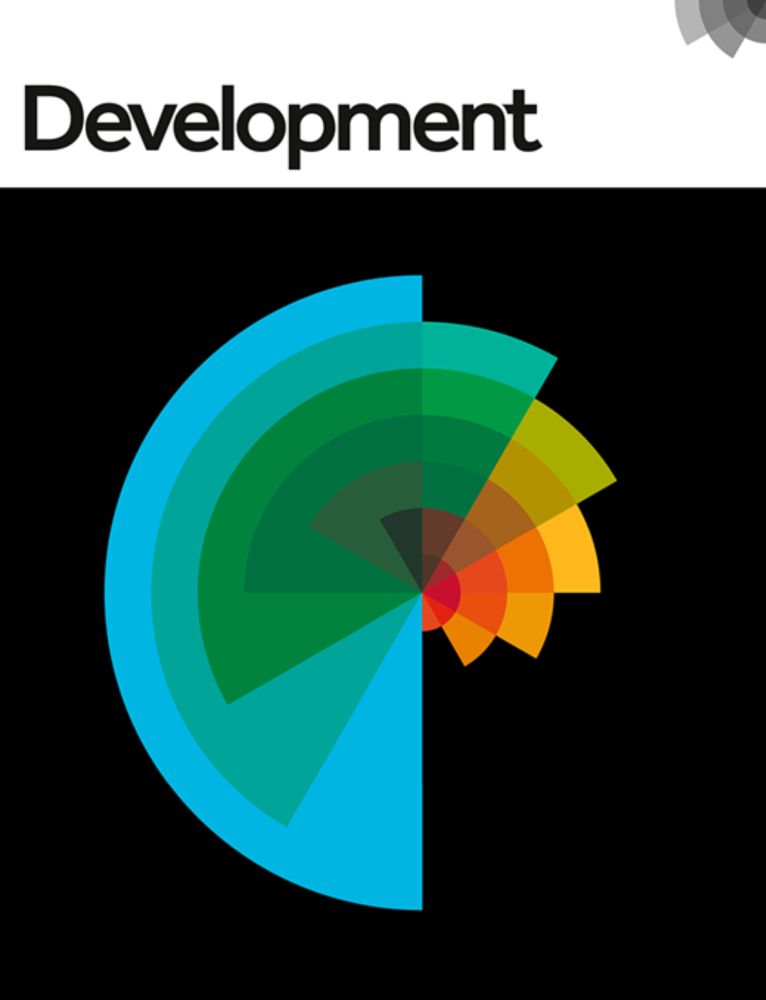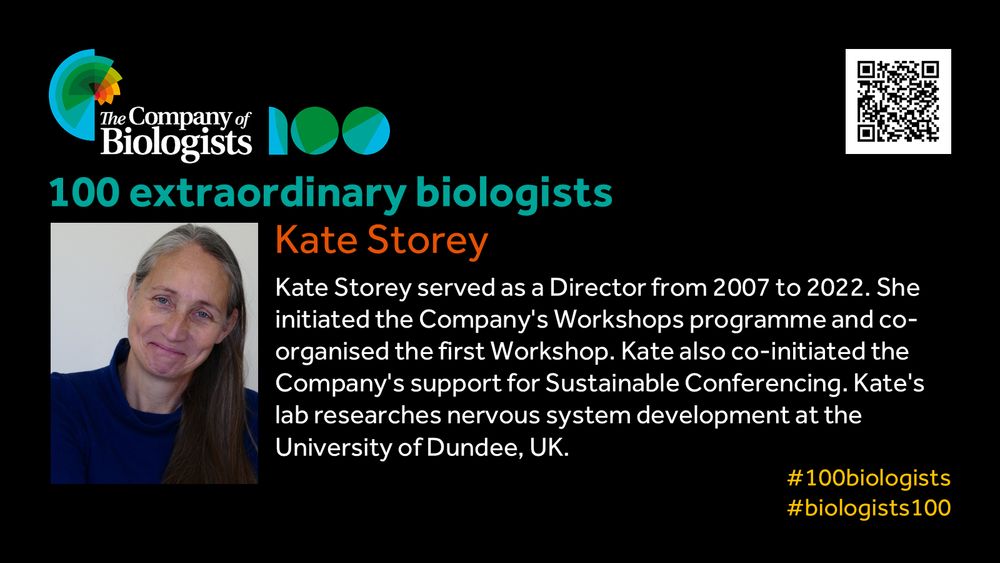Papalopulu Lab
@papalopululab.bsky.social
87 followers
86 following
13 posts
Interested in how changes in gene expression dynamics underlie cell state transitions in development and cancer. Our team is led by Prof Nancy Papalopulu and we are based at the University of Manchester.
Posts
Media
Videos
Starter Packs
Papalopulu Lab
@papalopululab.bsky.social
· May 30
James Briscoe
@jamesbriscoe.bsky.social
· May 29

Dynamic Landscape Analysis of Cell Fate Decisions: Predictive Models of Neural Development From Single-Cell Data
Building a mechanistic understanding of cell fate decisions remains a fundamental goal of developmental biology, with implications for stem cell therapies, regenerative medicine and understanding dise...
www.biorxiv.org
Papalopulu Lab
@papalopululab.bsky.social
· May 30
Papalopulu Lab
@papalopululab.bsky.social
· May 29

Oscillatory Co-expression of HES1 and HES5 Enables a Hybrid State in a Bistable Transcription Factor Regulatory Motif
Many cell fate decisions in the developing neural tube are directed by cross-repressive transcription factor (TF) motifs that generate bistability, enforcing expression of one dominant TF. However, ev...
www.biorxiv.org
Reposted by Papalopulu Lab
Reposted by Papalopulu Lab
Reposted by Papalopulu Lab











